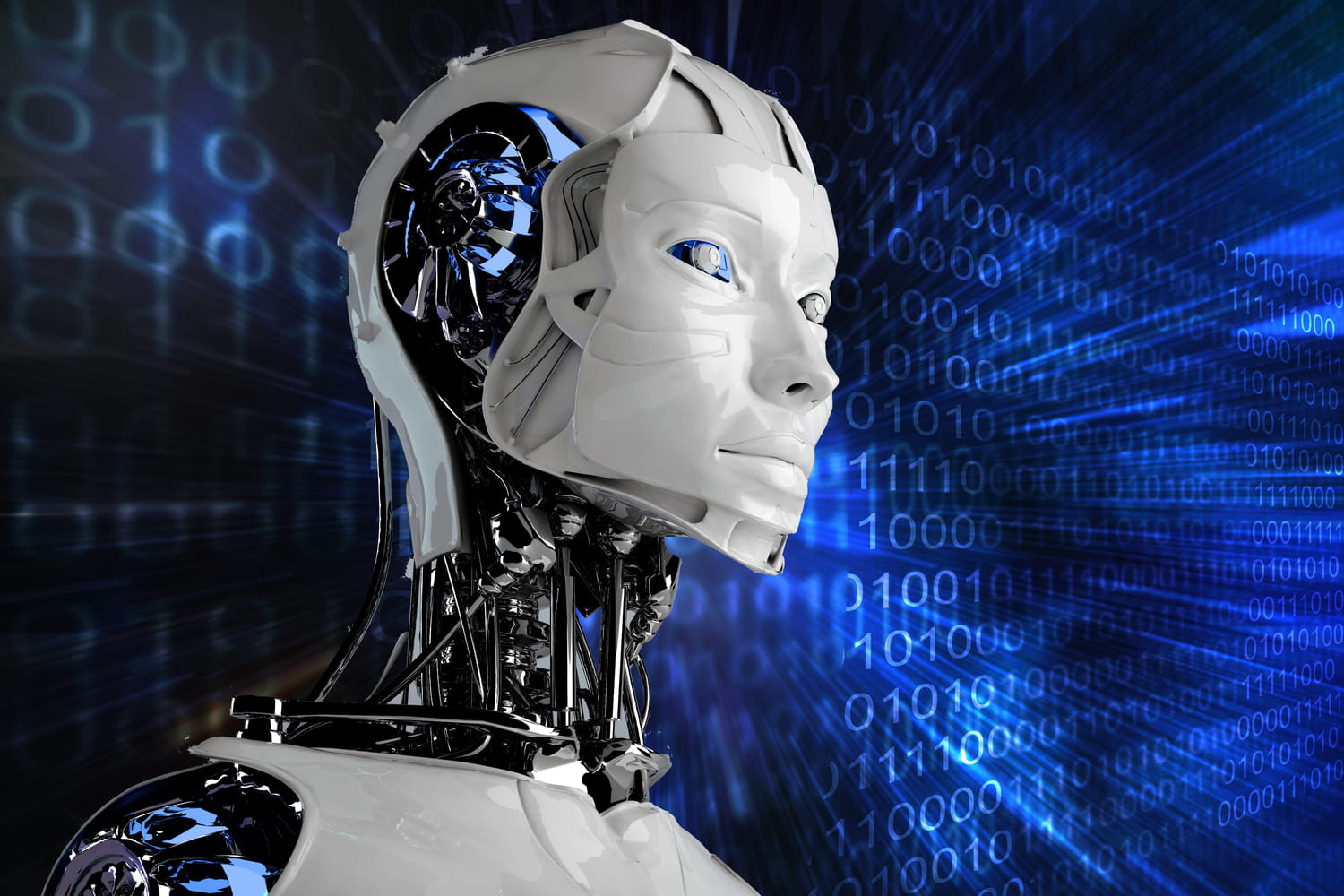
With the development of artificial intelligence, robotics is booming. Automata are now joined by humanoid robots or autonomous computer programs: bot, chatbot…
What is robotics?
Robotics is a field of activity covering the study, design and manufacture of robots or automated machines. It involves skills in computer science, electronics and mechanics.
What is a robot ?
To be considered as a robot, a machine must be equipped with sensors, which analyze the environment, but also with a logic processing system and actuators.
From the information obtained in its environment, the latest generation robot can act autonomously and intelligently based on embedded learning models or machine learning. It thus enters the AI family.
What is the origin of the word robot?
The term robot was conceptualized in 1920 by the Czech writer Karel Çapek. He used this term in one of his plays (Rossum’s Universal Robots) to designate an android invented by a scientist to perform tasks normally done by humans.
Robots types:
Robotics encompasses a very broad and diverse field of activity. Here are some examples and fields of application:
- Industry: assembly line management robot…
- Army: drone, spy robot, mule robot…
- Security: video surveillance…
- Health: ultrasound, assisted surgery…
- Aerospace: NASA explorer robot…
- Transportation: autonomous car…
- Domestic use: vacuum cleaner robot, lawnmower robot…
- Accompaniment: automated toy, humanoid robot…
- Computer science: chatbot, voice assistant…
Robots revolution ?
- The first robots were nothing more than mechanical automatons. In the 16th century, Leonardo da Vinci is said to have created the first android automaton that could coordinate the movements of its limbs and jaws.
- Cybernetic robots emerged in the early 20th century. They are robots programmed to perform specific tasks. The most advanced are the first rovers sent to other planets.
- Humanoid robots have emerged from the 2010s. These are robots that take on a human appearance and are designed to interact with humans. This generation integrates the latest developments in AI, especially in deep learning.
What are the three laws of robotics?
In order to limit the behaviors or harmful effects that could be caused by robots with autonomy, three laws of robotics have been enacted. These laws were enacted by the science-fiction writer Isaac Asimov and the editor John Campbell. These three laws appeared in the short story “Runaround” published in 1942:
- A robot may not harm a human being or, by remaining passive, allow a human being to be exposed to danger.
- A robot shall obey orders given to it by a human being, except where such orders conflict with the first law.
- A robot must protect its existence so long as such protection does not conflict with the first or second law.
What are the related jobs in robotics?
Among the jobs in robotics are robot designer, maintenance technician, mechatronics technician (a profile combining electronic and computer skills) or digital control operator.
When did robotics first appear?
The term robotics, derived from the word robot, was first used by the Russian writer Isaac Asimov. It is found in the science fiction story “Liar!”, published in 1941.
Robots, inspired by the first automatons, appeared at the beginning of the 20th century. They are equipped with sensors allowing them to collect information on their environment, which then influence their activity. The development of robotics is strongly linked to the industrial field, which has developed since the middle of the 20th century. The latest intelligent robots created are autonomous objects, voice assistants, humanoid robots…


